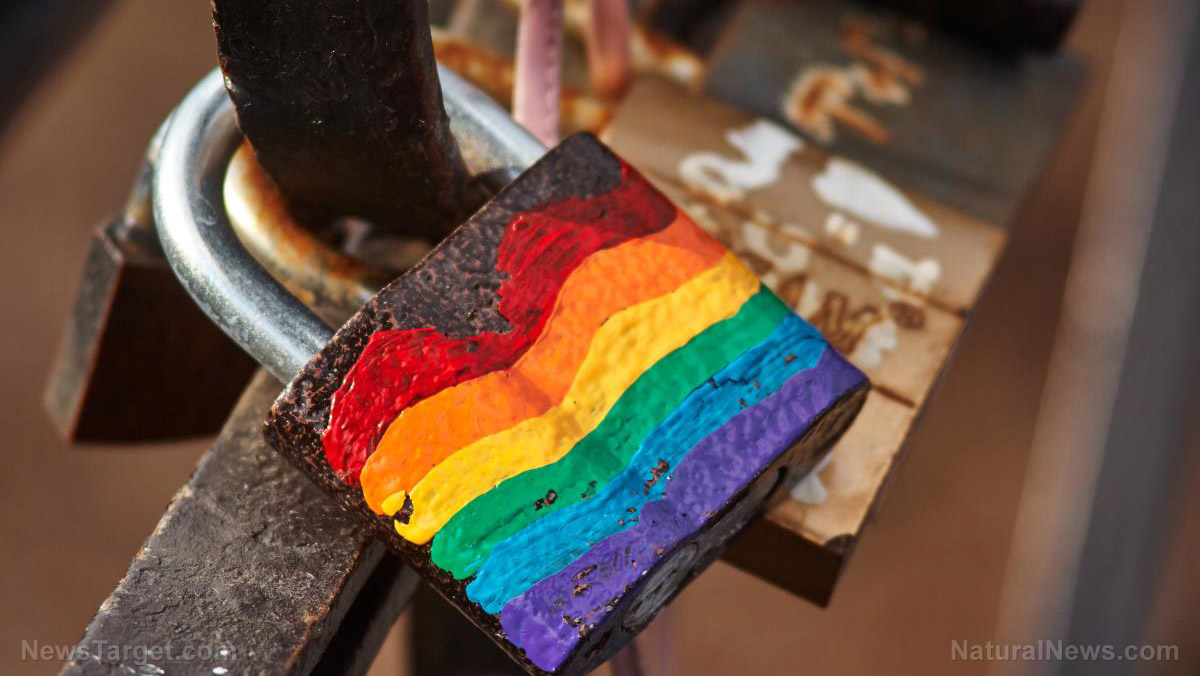Transportation secretary orders removal of rainbow LGBTQ-friendly crosswalks, citing road safety concerns
- Federal directive orders removal of rainbow crosswalks nationwide under new SAFE ROADS initiative, citing safety risks and distraction from traffic markings.
- Transportation Secretary Sean Duffy declares roads should prioritize safety over political messaging, giving states a deadline to identify and fix problematic intersections.
- Despite backlash from progressive cities, the policy emphasizes standardized road design to reduce fatalities, which still claim nearly 40,000 lives annually.
- Critics argue the move targets LGBTQ+ visibility, but Duffy insists it’s about uniform safety, not erasing inclusivity.
- The FHWA warns decorative crosswalks obscure official traffic cues, risking pedestrian and driver confusion; safety must come before symbolism.
In a bold move prioritizing public safety over political symbolism, Transportation Secretary Sean Duffy has ordered all 50 states to remove “distractions” from roadways, including rainbow-colored crosswalks, as part of the federal SAFE ROADS initiative. The directive, announced July 2, cites the staggering 39,345 U.S. roadway deaths in 2024 as justification for eliminating non-standard crosswalk designs that critics argue confuse drivers and pedestrians alike.
At the heart of the debate lies a fundamental question: Should public infrastructure serve as a canvas for ideological messaging, or should functionality and safety take precedence? Duffy’s letter, sent to every governor and the mayors of Washington, D.C., and Puerto Rico, leaves no room for ambiguity. “Roads are for safety, not political messages or artwork,” he declared, emphasizing the federal government’s focus on “consistent and recognizable traffic control devices.”
A safety-first approach
The SAFE ROADS initiative targets non-freeway arterials, where more than half of U.S. traffic fatalities occur. Duffy’s mandate gives states 60 days to identify problematic intersections, including those with rainbow crosswalks, and requires corrective action by September 2026. The Federal Highway Administration (FHWA) has long warned that decorative crosswalks obscure safety markings. In 2019, the agency urged Ames, Iowa, to remove its rainbow crossings, stating that such art “compromise[s] pedestrian and motorist safety” by masking official traffic cues.
Though LGBTQ+ advocates have framed rainbow crosswalks as symbols of inclusion, the policy shift isn’t an attack on civil rights but a recalibration of priorities. “Taxpayers expect their dollars to fund safe streets, not rainbow crosswalks,” Duffy reiterated on social media. His letter stresses that federal roadway funding should advance safety “and nothing else.”
Backlash and balance
Progressive cities like San Francisco, Philadelphia, and Seattle, which boast multiple Pride-themed crosswalks, are likely to resist. When the FHWA previously flagged safety risks, localities like Ames ignored the guidance. Critics of Duffy’s order argue it weaponizes safety concerns to target LGBTQ+ visibility. Yet the data underscores a genuine crisis: Despite a 3.8% drop in fatalities last year, nearly 40,000 Americans still die annually in traffic incidents—a toll Duffy called “unacceptable.”
The policy also sidesteps partisan finger-pointing. Even conservative strongholds like Tennessee and West Virginia have installed rainbow crosswalks, proving the trend isn’t confined to liberal enclaves. The issue isn’t about erasing LGBTQ+ presence but maintaining standardized road design. As Duffy noted, confusing visuals can lead to “a false sense of security” for pedestrians and drivers.
A functional future for roads
Crosswalks exist to guide movement, not messaging. The FHWA’s 2011 ruling against crosswalk art highlighted how deviating from uniformity, like using rainbow hues instead of high-contrast white stripes, reduces visibility. Loitering and delayed evacuations from streets further compound risks. Duffy’s directive aligns with these findings, urging states to prioritize “orderly use of the right-of-way.”
Some will frame this as a culture war skirmish, but the core principle is apolitical: Public infrastructure must prioritize lives over logos. As cities increasingly blur the line between civic art and critical safety features, Duffy’s action serves as a reset, and it’s one that could save lives by cutting through the noise of ideological branding.
While rainbow crosswalks may symbolize progress to some, their removal isn’t an indictment of inclusivity but a reaffirmation that safety must trump symbolism. Our roadways aren’t the place for political theater. Lives depend on clarity, not rainbow-colored pavement.
Sources for this article include:
PJMedia.com
DailySignal.com
DailyMail.co.uk
Read full article here


